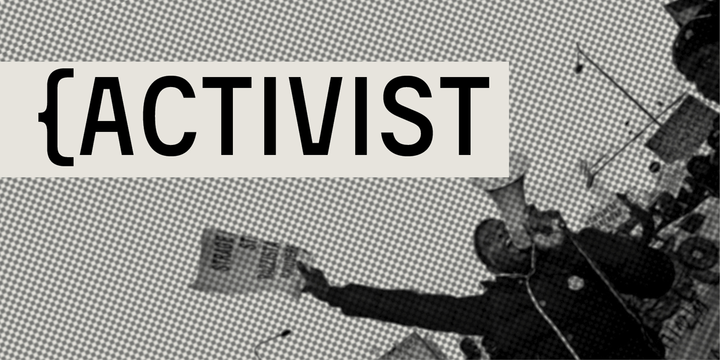Have you ever pondered this question? On the surface it seems quite simple, but in practice many people are unclear about the answer for themselves.
I believe one of the reasons for uncertainty is that the question is rarely asked this way in the real world. It typically comes in the form of “what job would you like to have?” or “what position are you aiming for?”
Notice how these versions contaminate the original question, introducing factors like job, status, level, ambition, promotion, etc. It’s less about what fits for the “true me”, and more about what fits within an existing construct/organization, or “how I compare versus other people.”
So how do you really know what gives you energy?
Here’s a simple technique I discovered (and applied to myself) while reading a book called Creative Confidence by David & Tom Kelley (founders of IDEO, dean of school of design at Stanford). Tom describes this technique in the context of Dave’s journey of recovery from cancer:
As David emerged from his cancer treatments at the end of 2007, he realized he had literally been given a second chance at life. On the advice of psychiatrist Dr. C. Barr Taylor, David began using a very simple method of examining what his days were like and finding ways to make them better. Every evening before bedtime, he would reflect briefly on the ups and downs of his waking hours. He would then score the day in terms of how much fun he had, on a scale from one to ten, and mark it on his calendar. After collecting a couple weeks’ worth of data, he went back and reflected over his calendar together with Barr to find what activities drove the number up or down. They discovered some surprising patterns. Days in which David had a solitary hour or two in his studio space…were more rewarding…He also noticed which ones dragged him down. And then he began gravitating toward activities that raised his score and away from things that lowered them.
In summary…At the end of every day, take time to reflect on what brought you energy, and what did not. Document it in a simple list, pluses on one side, minuses on the other, and an overall score for the day. Do this for 60-90 days, then look back, take inventory, identify patterns, themes, etc.
It seems really simple, but I can tell you from firsthand experience, it’s immensely valuable. You’ll likely find some surprises, but most importantly it’ll help you get crystal clear on what makes you “come alive”… and what does not (which can be equally surprising). Also, you’ll be confident in the results, since they’re entirely derived from observation of your own experience.
So what’s holding you back? Start your “observation list” today! I’d love to hear what you discover….about yourself!





